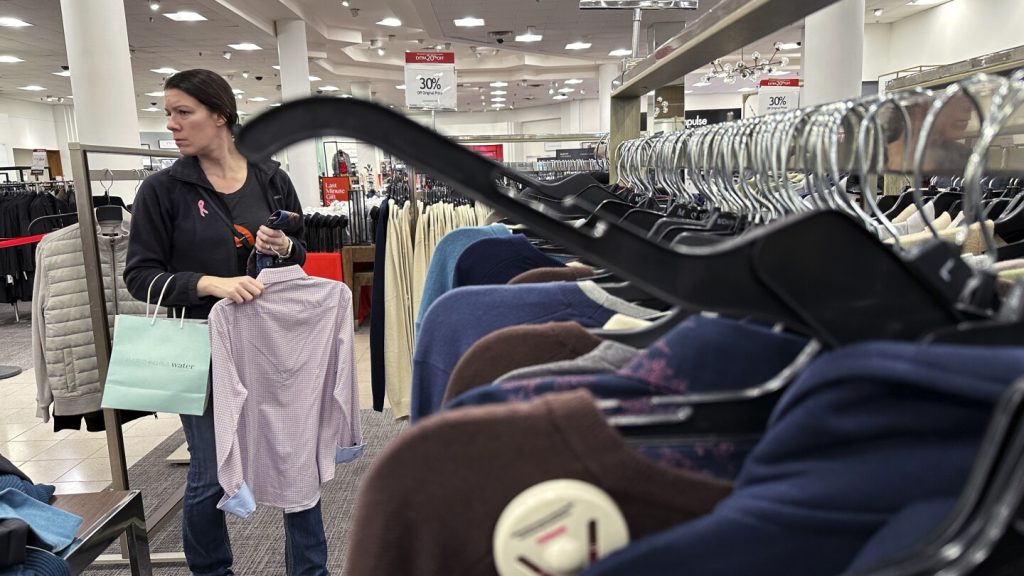The Federal Reserve’s preferred inflation measure remained low in June, indicating that price pressures are cooling. This data sets the stage for the Fed to potentially begin cutting interest rates in September. Core inflation, which excludes food and energy prices, rose slightly from the previous month, but remained unchanged from a year earlier. Fed Chair Jerome Powell has expressed confidence that inflation is returning sustainably to the central bank’s target level of 2%.
Lower interest rates, weaker inflation, and a strong job market could positively impact Americans’ view of the economy ahead of this year’s presidential race between Vice President Kamala Harris and former President Donald Trump. The latest report also showed a slight increase in consumer spending and incomes in June, indicating a potential “soft landing” in which the Fed manages to slow economic growth and inflation without causing a recession. Economists believe that the current economic conditions are “good enough” to support the expansion.
Consumer spending rose slightly in June, while incomes also saw a modest increase after adjusting for inflation. With the pace of hiring slowing and the economy growing steadily, it is highly likely that the Fed will cut its benchmark interest rate when it meets in mid-September. Powell is expected to emphasize the need for additional data to confirm consistent inflation slowing. However, the central bank is likely to signal next week that it is moving closer to reducing borrowing costs.
Food prices saw a slight increase in June, while energy prices fell, driven by lower gas prices. Despite inflation falling steadily over the past year, the costs of everyday necessities like groceries, gasoline, and rent remain higher than they were three years ago. While inflation is cooling, the economy continues to expand, with solid growth reported in the April-June quarter. Businesses are still adding jobs, mostly in the healthcare and government sectors, contributing to a low unemployment rate of 4.1%.
Overall, the economic indicators suggest a positive outlook for the U.S. economy, with inflation cooling, consumer spending increasing, and job growth continuing. The Fed’s potential interest rate cut in September could provide further support for economic growth and stability. As the presidential race heats up, the state of the economy will likely play a crucial role in shaping public opinion and influencing voter decisions.


